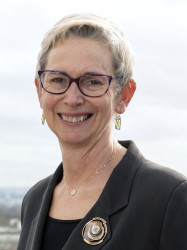BibTex format
@unpublished{Riley:2021,
author = {Riley, S and Haw, D and Walters, C and Wang, H and Eales, O and Ainslie, K and Atchison, C and Fronterre, C and Diggle, P and Page, A and Trotter, A and Viet, TL and Nabil-Fareed, A and O'Grady, J and The, COVID-19 Genomics UK Consortium and Ashby, D and Donnelly, C and Cooke, G and Barclay, W and Ward, H and Darzi, A and Elliott, P},
title = {REACT-1 round 11 report: low prevalence of SARS-CoV-2 infection in the community prior to the third step of the English roadmap out of lockdown},
url = {http://hdl.handle.net/10044/1/88507},
year = {2021}
}

